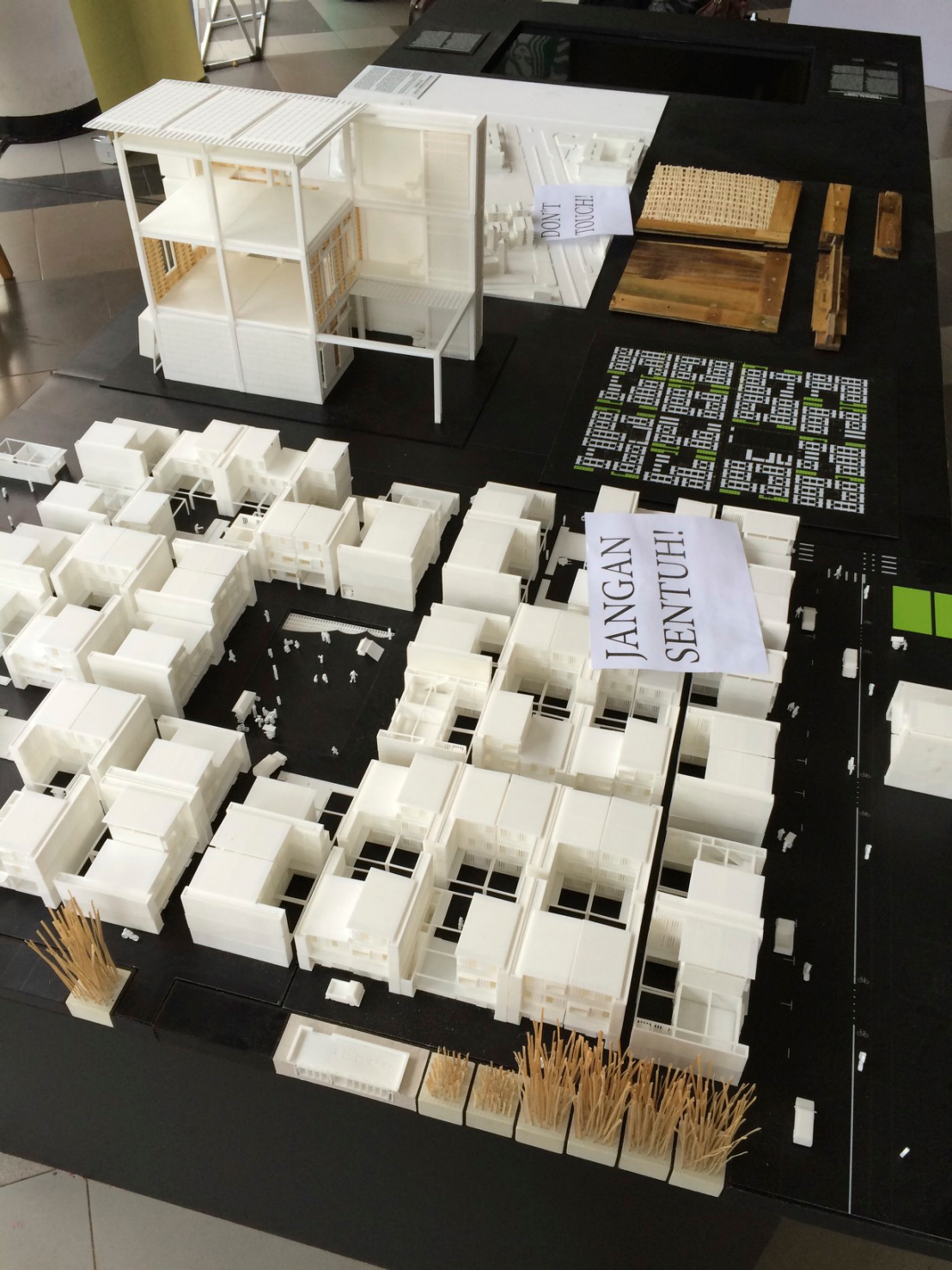How can we create sustainable cities?


Get involved with our crowdsourced digital platform to deliver impact at scale
Stay up to date:
Infrastructure
Environmental pollution, incessant traffic snarls, waste-clogged waterways, economic inequity, ill health, and social alienation tend to concentrate in slums and squatter settlements that mushroom in and around rapidly urbanising regions.
In many cities of the Indonesian archipelago, the populations have doubled several times over the past decade in cities as diverse as Batam, Medan, Semarang, and Surabaya. The most stunning example of growth is the megacity of Jakarta, whose population grew from a mere 5 million in the 1970s to a vast extended metropolitan region which today supports a population approaching 30 million people. To ensure the sustainability of these rapidly growing cities, it is crucial that the large influx of people to the cities is able to settle, find employment, and form viable communities.
Fostering autonomy
The Tropical Town research project by the Future Cities Laboratory (FCL) focuses on alleviating the most damaging effects of rapid urbanisation in Indonesian cities by helping urban settlements become more autonomous with regard to housing, energy, water and waste management. In essence, the architectural and urban proposal is a seed package: the project aims to provide individuals and communities with a core set of technologies, technical assistance and capacity building programmes to engage them in developing their dwellings and settlements.
Initiated by the Future Cities Laboratory (FCL) of the Singapore-ETH Centre, Tropical Town was developed in collaboration with Universitas Indonesia (Jakarta), and the Municipal Planning Authority (BAPPEDA) in Batam, Indonesia. The project will have its first “field test” in Batam and Jakarta, in collaboration with the community, local government, and central government. By setting an example, the project could seed sustainable settlements in other parts of the Indonesian archipelago and even in other tropical regions.
An expandable house
At the centre of the project’s concept is a housing unit that can be expanded incrementally over time, dubbed Rubah, or Rumah Tambah (‘Expandable House’ in Bahasa Indonesia). This Rubahprovides space for working and living, and can be expanded vertically by adding additional floors as the economic capacity of the household grows.
The Rubah consists of a fixed foundation floor and a roof that can be hoisted to accommodate new floors. Equipped with a core set of technologies, residents and community groups will be able to build these additional floors independently. They will also be provided with the know-how to become autonomous in terms of resource and energy management, including technologies for passive cooling, harvesting rainwater, and generating solar electricity.
Economic and social life
Beyond the physical, the Tropical Town project takes into consideration the economic and social needs of a sustainable urban settlement. To ensure economic sustainability, the project’s concept integrates quasi-rural forms of economy in the economic planning of Tropical Towns, allowing for a diverse spectrum of household economies. These quasi-rural forms may include bamboo plantations, kitchen gardens and horticulture, and animal husbandry.
As diverse migrant groups, often from rural communities, make up the social fabric of these rapidly growing cities, a central aspect of the concept is fostering community cohesiveness, through public spaces and opportunities for personal exchange.
The concept of the Tropical Town aims at supporting a population of 10,000 people per settlement. The goal is a medium to high population density to reduce the per capita footprint on arable land, and the per capita need for expensive infrastructure like roads, electrical and potable water networks. Essentially, the Tropical Town seed package will not determine the exact shape of new towns, but will foster the development of environmentally sustainable, socially and economically resilient settlements over time.
This article is published in collaboration with ETH Zurich. Publication does not imply endorsement of views by the World Economic Forum.
To keep up with the Agenda subscribe to our weekly newsletter.
Author: Stephen Cairns is a professor at the Singapore ETH Centre.
Image: Residents fish with nets on the banks of the Hai River in Tianjin’s Binhai New Area, where the government is building its Yujiapu financial center October 23, 2012. REUTERS/Michael Martina.
Don't miss any update on this topic
Create a free account and access your personalized content collection with our latest publications and analyses.
License and Republishing
World Economic Forum articles may be republished in accordance with the Creative Commons Attribution-NonCommercial-NoDerivatives 4.0 International Public License, and in accordance with our Terms of Use.
The views expressed in this article are those of the author alone and not the World Economic Forum.
The Agenda Weekly
A weekly update of the most important issues driving the global agenda
You can unsubscribe at any time using the link in our emails. For more details, review our privacy policy.
More on Nature and BiodiversitySee all
Dan Lambe
April 24, 2024
Roman Vakulchuk
April 24, 2024
Charlotte Kaiser
April 23, 2024
Jennifer Holmgren
April 23, 2024
Agustin Rosello, Anali Bustos, Fernando Morales de Rueda, Jennifer Hong and Paula Sarigumba
April 23, 2024
Carlos Correa
April 22, 2024







